Ashanti Regional Health Directorate identifies 'Stigma and Fear" as their greatest challenge
He also addressed the need to preserve the status of patience saying, "As far as we want education to go on that is not a sure way and nobody wants to show the status of anybody."
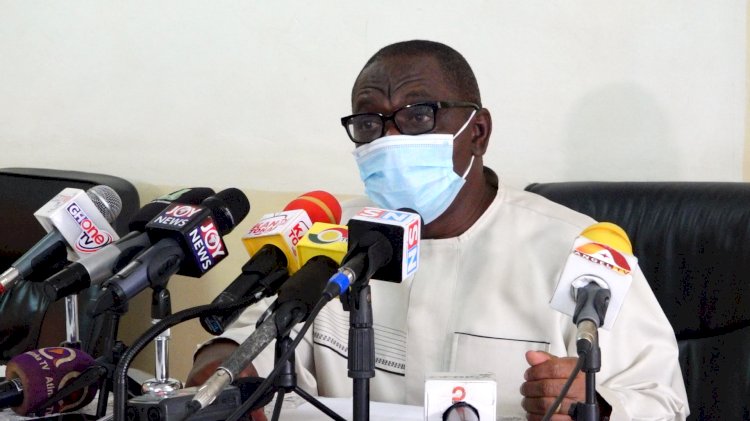
The Ashanti Regional Health Director, Dr. Emmanuel Tenkorang has disclosed that fear and stigmatization are the demanding issues COVID-19 contact tracing has encountered, explaining that people become apprehensive and do not like to show up for concern that their status would be revealed by the media to disrupt their prestige.
According to him, persons located through contact tracing either turn off their phones or conceal their location, therefore, it is best for patients to be given psychosocial support to reduce the level of humiliation to make help curtail the spread of coronavirus in the Ashanti Region and Ghana as a whole.
He addressed that such has contributed to the rise of numbers at Obuasi although the majority of people affected have been identified, isolated, and managed.
“One of the major challenges the program has been confronted with is that sometimes you identify a positive case and when you call, the person will tell you he is somewhere. In the cases of Obuasi, when you get in touch with them, some of them will tell you they are in the Western Region,” Dr. Tenkorang addressed.
“It’s all because of the fear and the stigma associated. So anytime someone is diagnosed as positive, they don’t want to own up and support. We can address some of these challenges if we reduce stigma and discrimination because anytime fear set in, people become apprehensive and will not like to disclose their status as far as getting them to the isolation is concerned.
“Obuasi has done so well. They've been able to get most of the people who tested positive although some few were lost to follow-up yet most of them were identified and are being isolated and managed.
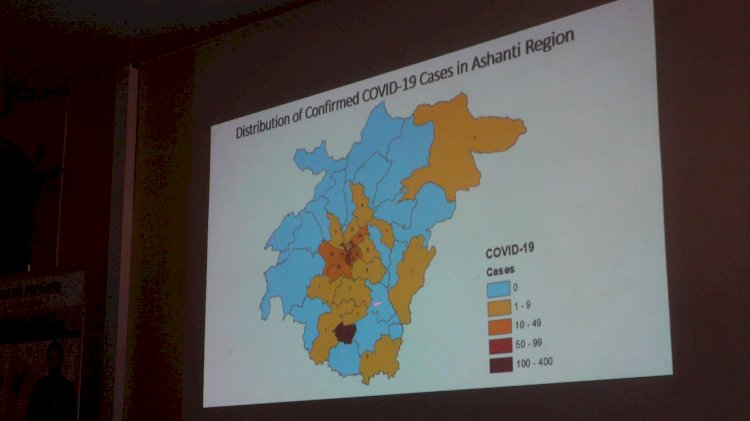
“That is the challenge all over, not only in the Ashanti Region. We should try as much as possible to address the stigma and give them psychosocial support cos the way they’ll be managed will determine whether treatment will be successful or not.
“The moment they come back from the isolation center and the environment is not good enough they won’t send a good message to the community and it will make the fight very difficult,” he added.
READ ALSO:
Fumigation and Disinfection is to improve upon our Health situation - Hon. Simon Osei - Mensah

He informed that enhanced investigation and active contact tracing is the advanced and improved method used in almost all the districts in the Ashanti Region especially Obuasi to locate infected persons. Dr. Emmanuel Tenkorang further called on the media to be circumspect in their reportage and educate Ghanaians on the standards and protocols of the Health Service on how disreputable it is to show videos of coronavirus patients to prove the existence of the virus as requested by many.
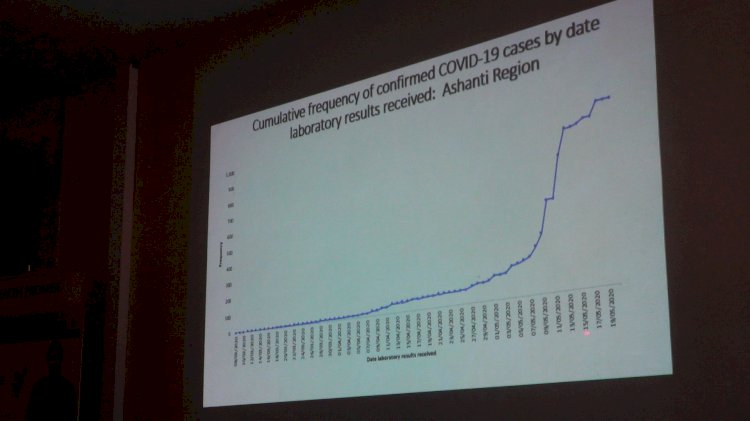
“We hear some people saying that if you believe the disease is here show us some of the people who are sick. We have standards and protocols as far as the medical field is concerned. We do not disclose the identity of people who are sick, it is unethical.
“As far as we want education to go on that is not a sure way and nobody wants to show the status of anybody. If the person willingly says, he wants to support the program that is accepted. It is not the health system’s decision to expose people with the condition. It will not conform to the medical standard that you already know,” he explained.
He also expounded on how results are established before been publicized to the people.
“The process does not depend on the day you’ll get your sample positive. The date you’ll take your sample is your reference point. It is not the date the lab will give you the results. Whenever a positive result is given, we refer it to the reference point and that is what we use to draw the graph.
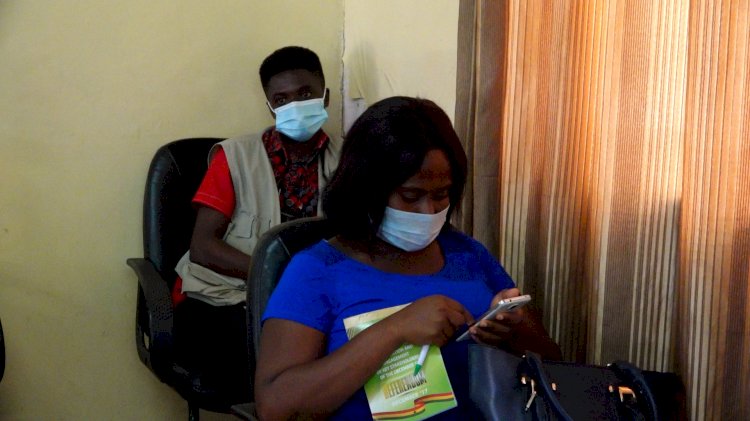
“For instance, if for a period, let’s assume that we have 888 cases ad lab gives us 400, this 400 expanse from a period of one month so we won’t say that the rate has increased by 50 percent one day. That is not the way to calculate. Your reference point is the day you take the sample and that is the rate to calculate.
“So if today Ghana comes out and says we have 10,000 cases, that doesn’t mean Ghana has increased by 10,000 one day. You have to work back to the date you took the sample. It is one area a lot of people don’t understand. That’s what happened to Obuasi. Within three days we gave them 300 results but they (results) were taken for a period and we had to work back to the reference point (the day we took the sample) and that is what you need to understand.
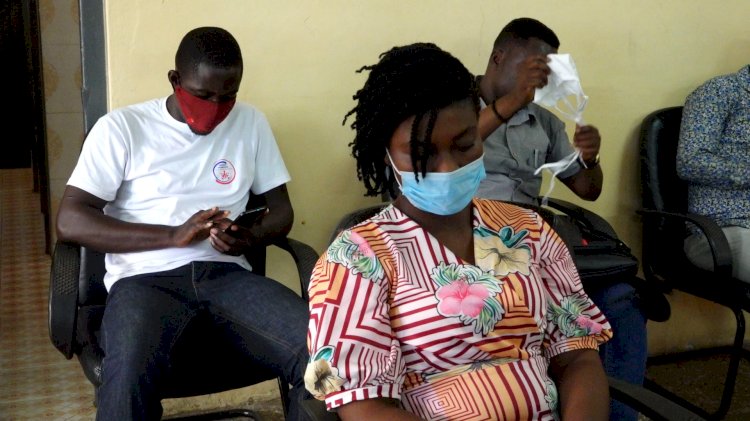
“So do not assume that if we get 1,000 results today it means Ghana has increased by 1,000. Your reference point is the day you took the sample, not the results, he ended.
Finally, he confirmed that the Komfo Anokye Teaching Hospital (KATH) laboratory has begun functioning whiles UNICEF is setting up another lab at the Kumasi South Hospital to help ease the workload at the Kumasi Centre for Collaborative Research (KCCR).
“Fortunately UNICEF has supported us by bringing in equipment to make sure that we complete the Public Health Reference Lab in Kumasi. The process has started. Komfo Anokye is been part and they are working together with KCCR just to make sure that we reduce their workload,” he ended.






































